The heart of GROSCHE is our Safe Water Project. It has provided safe drinking water to people across six countries so far. What makes that heartbeat is the use of Biosand filters. Biosand filters are a simple type of water cleaning technology used in rural houses. Biosand filters are an adaptation of slow sand filters. Sand filters have proven to be successful as they have been around for hundreds of years. They are also a highly affordable water and sanitation option. Here we have made a fact sheet on everything you should know about our sand filters. This mission to help those in need with safe water is what keeps us going every day.
Origins of Sand Filters
Writings date back to 2000 BC on topics of water and sanitation technology. The first sand filter, however, was made in Britain during the early 1800’s. Since then, sand filters have been important in cleaning water. There are roughly 500,000 people around the world who use slow sand filtration today. It gives them safe drinking water and saves many lives. Biosand filters were not invented until 1993. Dr. David Manz from the University of Calgary, Canada innovated the filter. The filter was first tested in Nicaragua the same year it was made.
Biosand and slow sand filters are very similar but differ in one main way. Slow sand filters use a steady flow of water, while Biosand filters can be used at any time. Biosand filters are also easier to clean than slow sand filters. This makes Biosand filters better for rural household water treatment, while slow sand is better on a larger scale. This also makes Biosand filters more ideal for people in developing countries. In particular, countries who lack the infrastructure to support a water system can truly benefit from the filters.
Components of Biosand Filters
Biosand filters are simple in design. Homeowners can make the container out of concrete or plastic. Concrete Biosand filters are more common because concrete is easier to make. A plastic container is equally effective but is harder to produce.
On top of the filter, a lid (1) sits to prevent dust and debris from entering the filter. The diffuser plate (3) places below the lid. The plate protects the top of the sand and spreads the water evenly through its pattern of holes. A biolayer (4) lies between the sand and the diffuser, which is key in the filter. The biolayer consists of good bacteria that help clean the water. Sand and gravel (5) make up the rest of the filter. There are two layers of gravel and one layer of sand. The gravel layers (6 & 7) hold the weight of each other and the sand. The water collects at the bottom and enters the outlet tube (2). The outside (8) is made of concrete to make it durable.
How a BioSand Filter Works
First, polluted water is poured at the top of the filter. The water passes through the biolayer fast due to the pressure from the high water level. As the water reaches the sand, the flow rate goes down. This is because the sand gets rid of pressure from the water level. The flow rate of the water also goes down when solids get caught at the top of the filter. This is because the solids can block the path of water. Before the water reaches the sand, a process called predation begins in the biolayer.
The environment inside the filter allows for good bacteria to grow. The bacteria take one to three weeks to mature. The amount of water and the nutrients in the water affect how long it will take for the bacteria to grow. Once maturity reaches, the bacteria and microorganisms eat disease-causing germs, but they do not eat all of them. This is when sand begins to play a crucial role in filtration. The sand used for the filters has to fit a specific set of criteria that allows it to work properly. Factors such as size and shape are important when selecting the right sand.
The sand uses a few processes to create good drinking water. These processes are trapping, absorption and natural death. Trapping is when germs and solids become trapped between sand grains. Absorption happens when germs absorb into the grains of sand and into themselves. A natural death can occur for a few reasons. This includes not having enough food and air or dying from old age. Good bacteria also live in the sand layer, which helps kill more germs.
Once the water moves through the layer of sand, it meets two layers of gravel. The support gravel layer is the first layer the water goes through. Its purpose is to support the sand and prevents sand from going into the outlet tube. The large base gravel layer is the second layer. This layer’s purpose is to support the first layer and prevents gravel from going into the outlet tube. Clean water then collects at the bottom of the filter and pushes up to the tap through gravity.
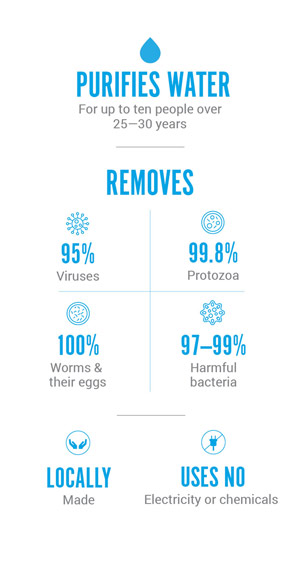
Effectiveness of Biosand Filters
Findings across studies have consistently shown a high level of success in the filters. The filters have proven to remove the following from dirty water:
- 100% of worms and their eggs
- 99.8% of protozoa
- 97-99% of bacteria
- 95% of viruses
The filters can also remove turbidity as well as some heavy metals such as iron. The filter can’t remove dissolved chemicals such as salt, arsenic or fluoride. For a simple technology though, the water quality is very healthy and is drinkable. The filtered water always comes out clean and odorless. A study also found that people who used Biosand filters noticed a difference in their water when they used it.
In cold weather, the filters do not work well. Freezing conditions make the filter take longer to work. They also kill fewer germs in cold weather. The filter can work well if water is always being added, but that is unrealistic. This means that the filters need changes to help them work better in cold weather.
Maintenance
The great thing about these filters is that they do not rely on electricity or fuels to work. This means they are sustainable and do not need many resources to run. Also, as long as the container isn’t damaged, the parts in the filter will never need to be replaced. The filters can last up to 30 years if properly maintained. They give safe drinking water for up to a family of 10.
The way you clean a Biosand filter is very easy. The method that cleans the filter is the ‘swirl and dump’ technique. All the user has to do is give a quick swirl on the top layer of the sand and dump the leftover dirt. This will fix the flow rate and it only takes a few minutes to do.
Biosand filters are ideal for developing countries because they are easy to make locally. Approximately 650,000 Biosand filters are currently working in over 55 countries around the world. Thanks to the purchases made through Grosche, we can continue to produce more water filters for those in need. This ensures that everyone can enjoy clean and safe drinking water.
The GROSCHE Safe Water Project team delivering filters in the Phillippines
Click here to learn more about our safe water project. Let us know what you think in the comments below!


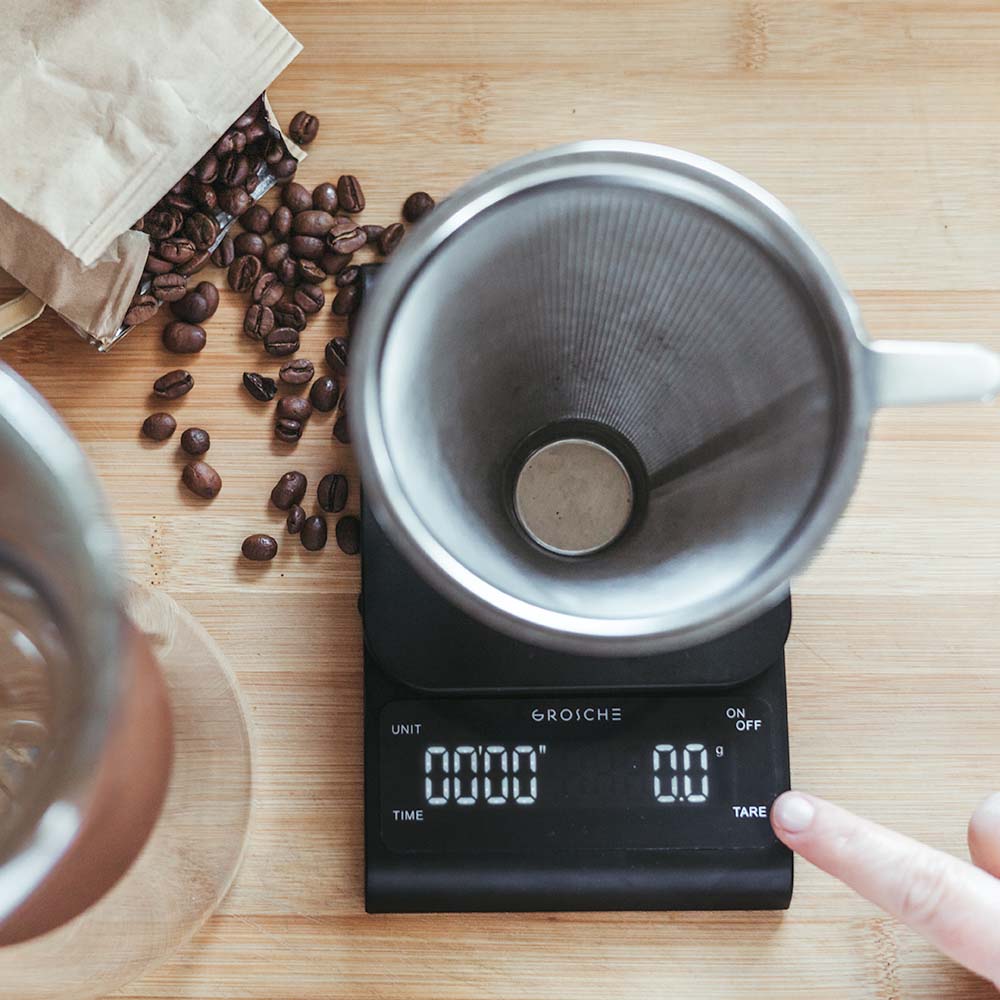



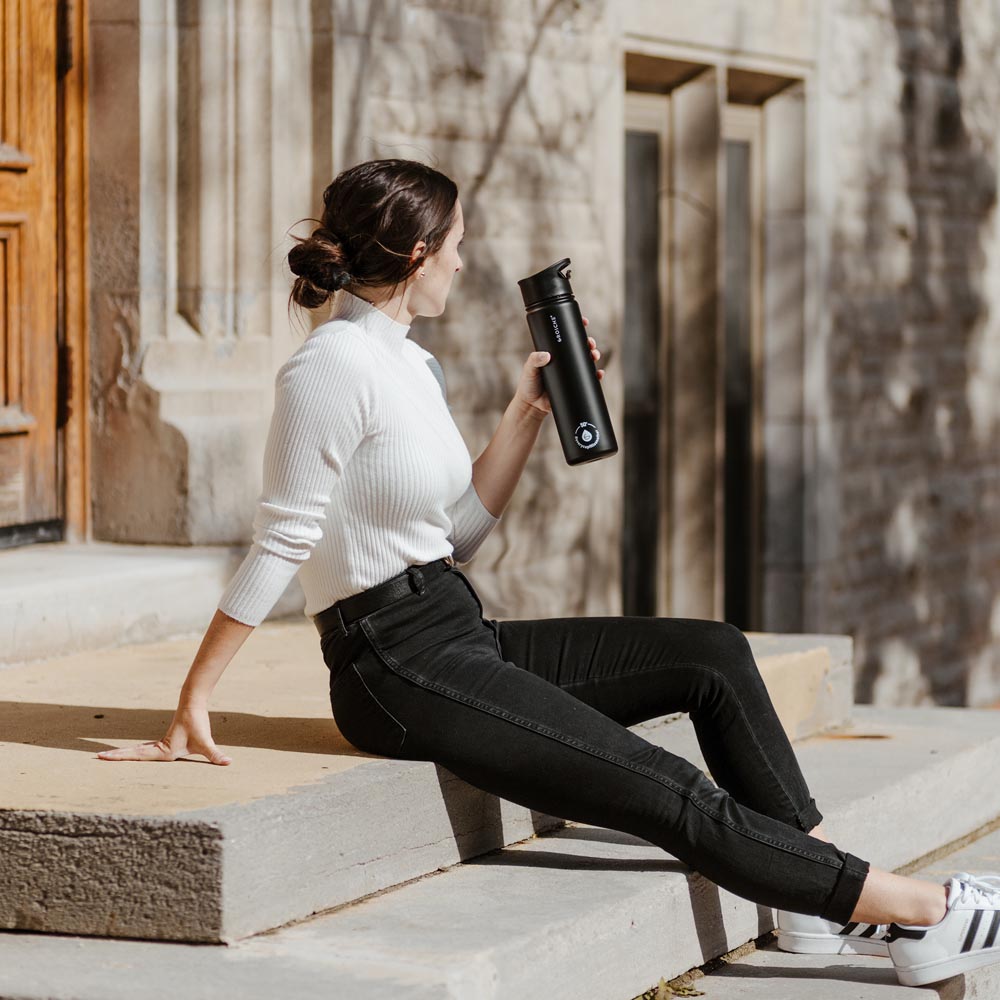
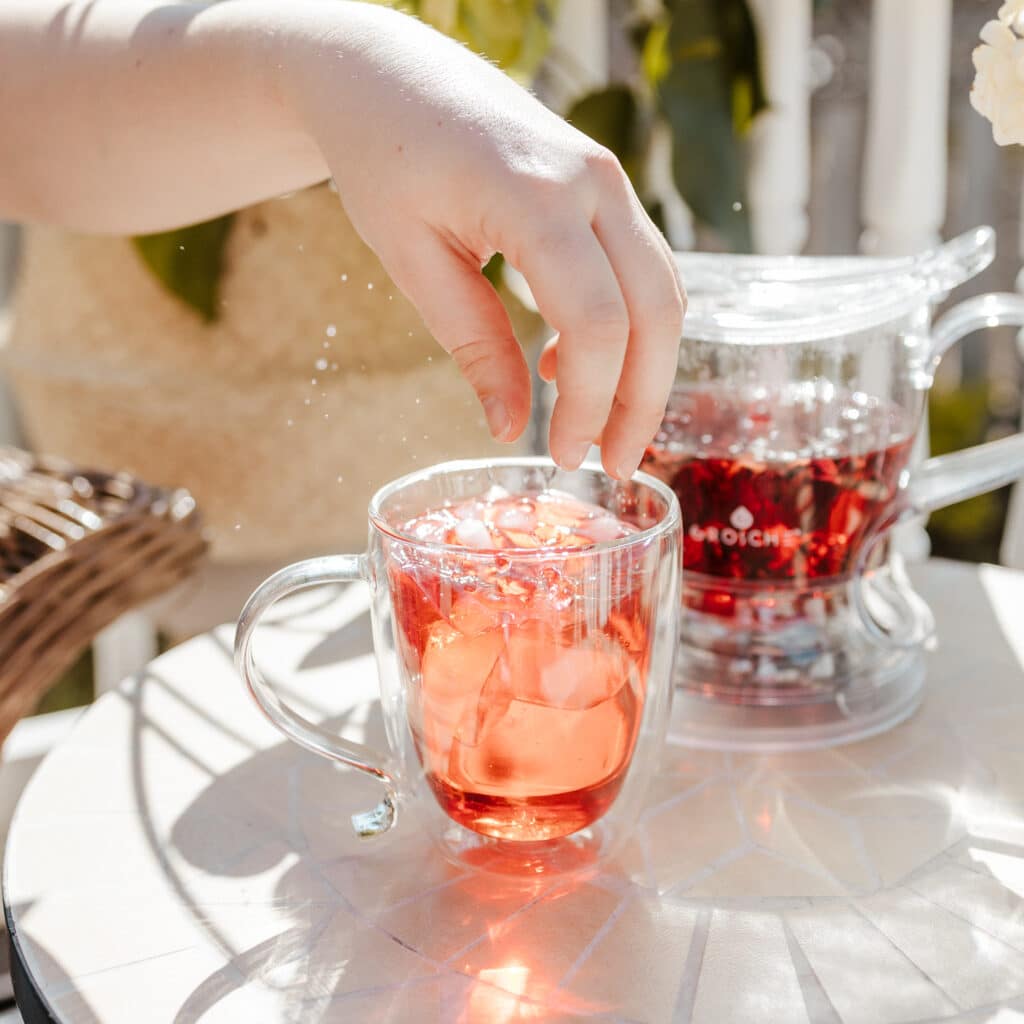
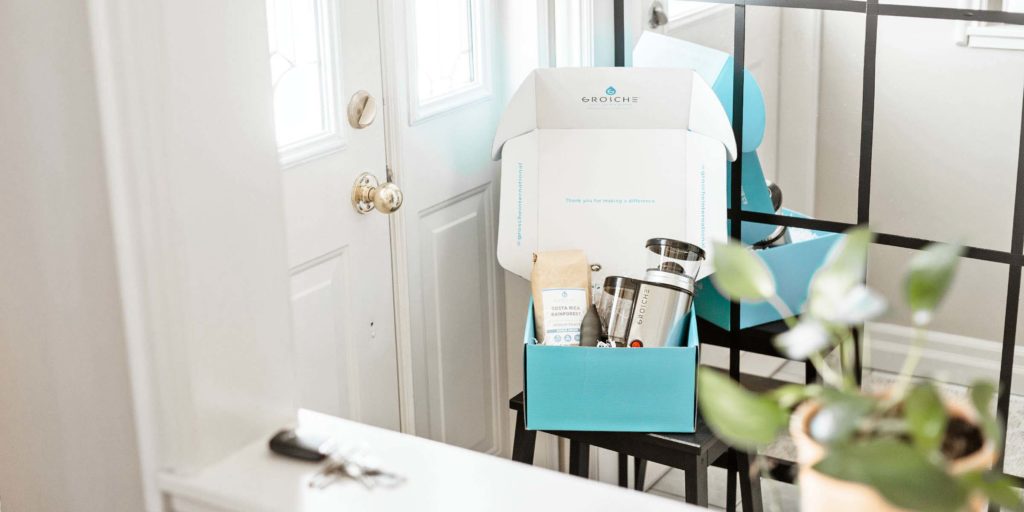



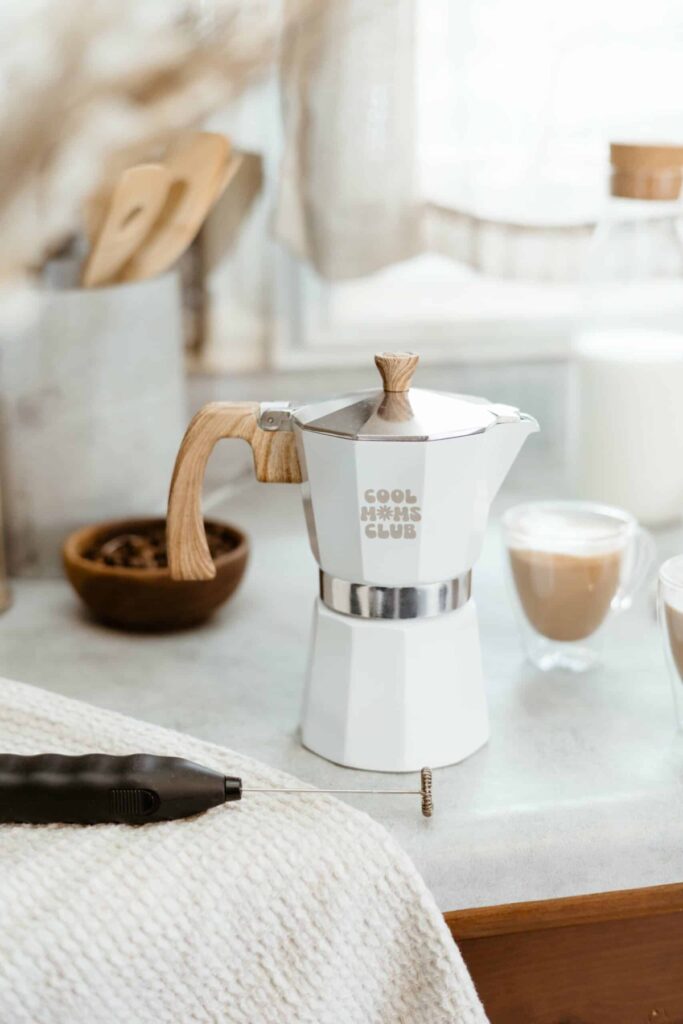

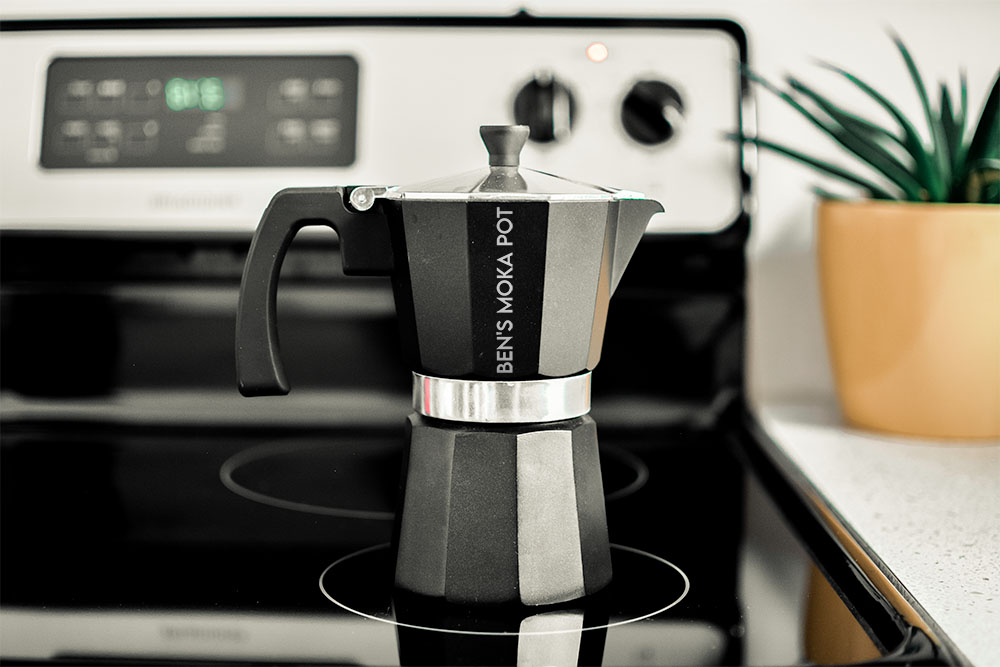

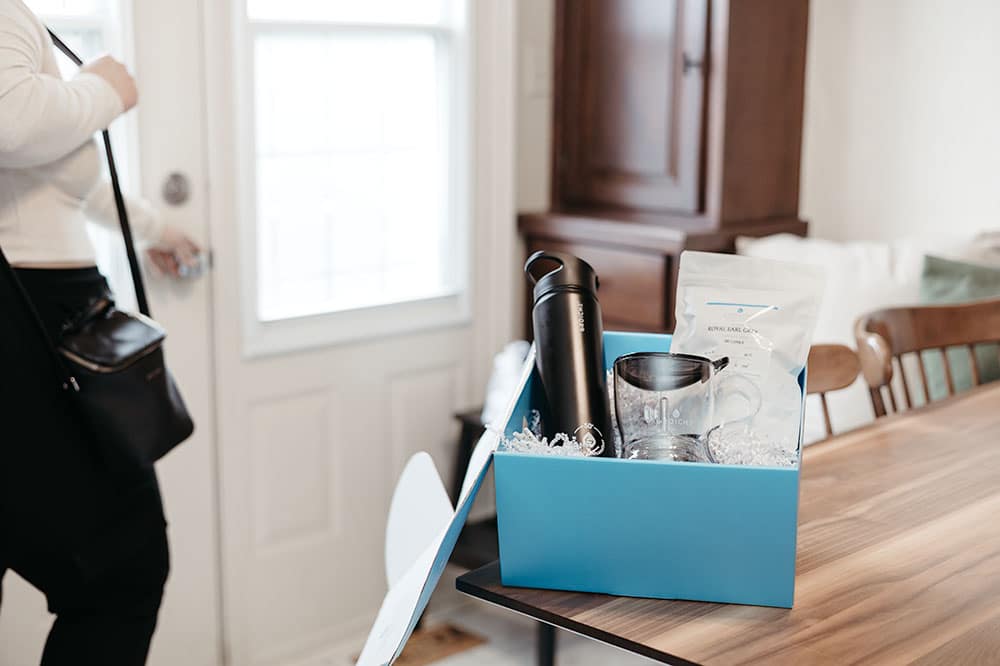
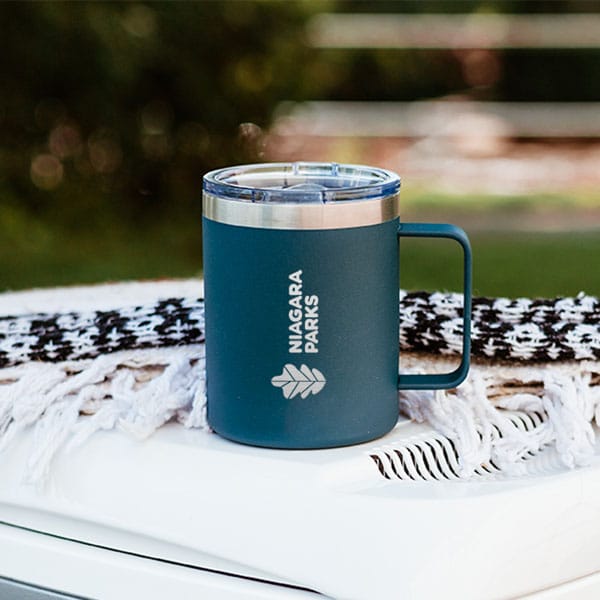
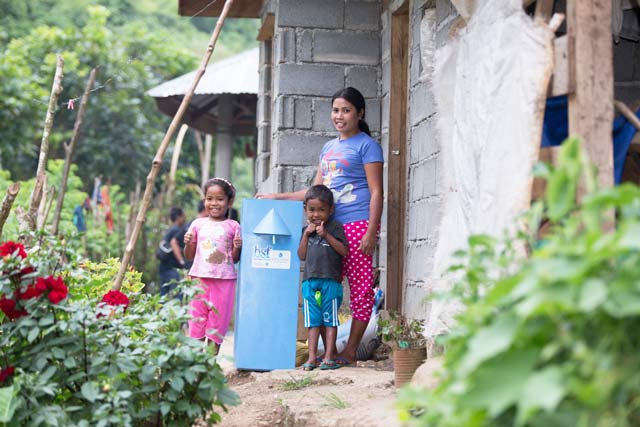
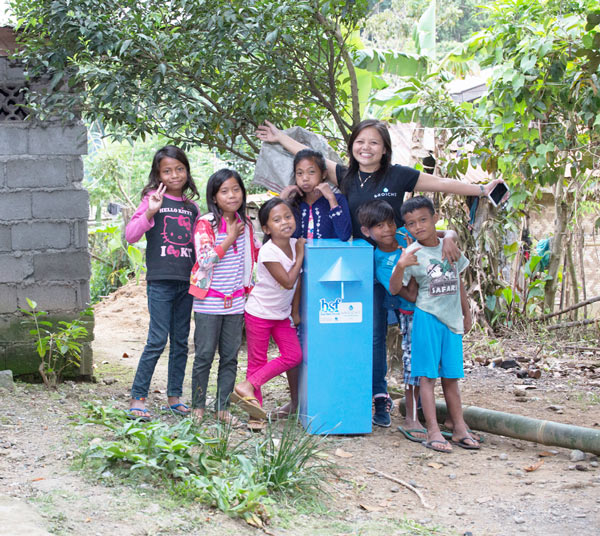
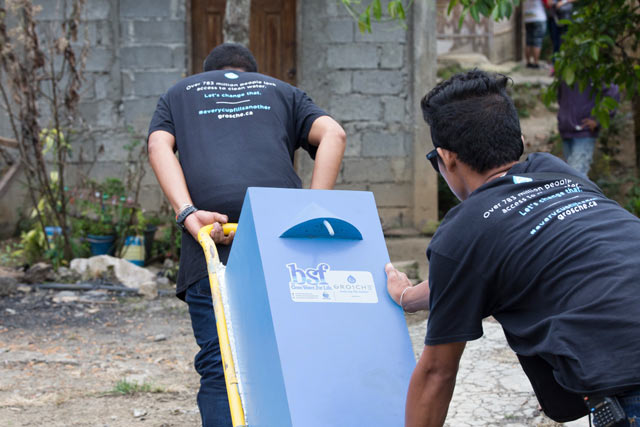
Thanks for finally talking about > Biosand Filters: How they work, and how
they change lives – < Liked it!
wow that’s awesome and I love this because iam working with safe water project in South Sudan and iam very happy and blessed